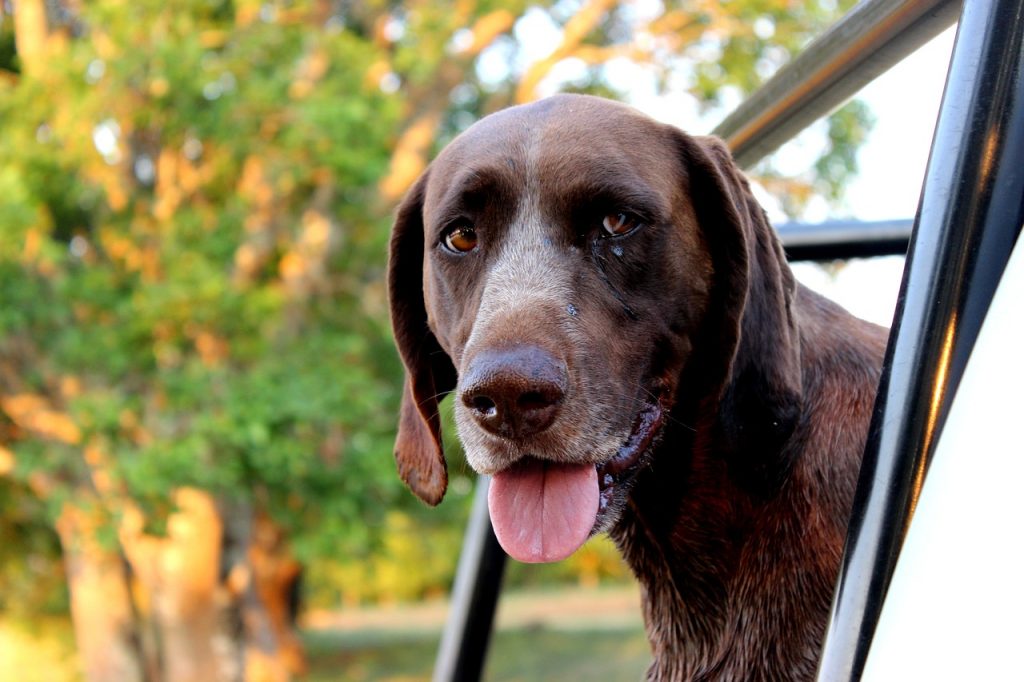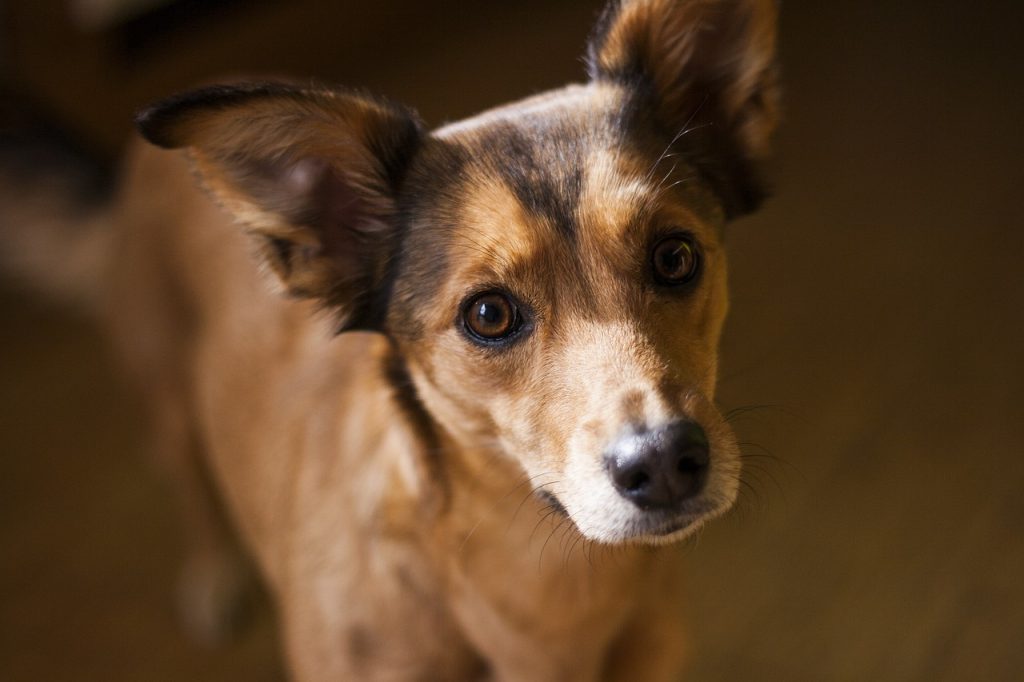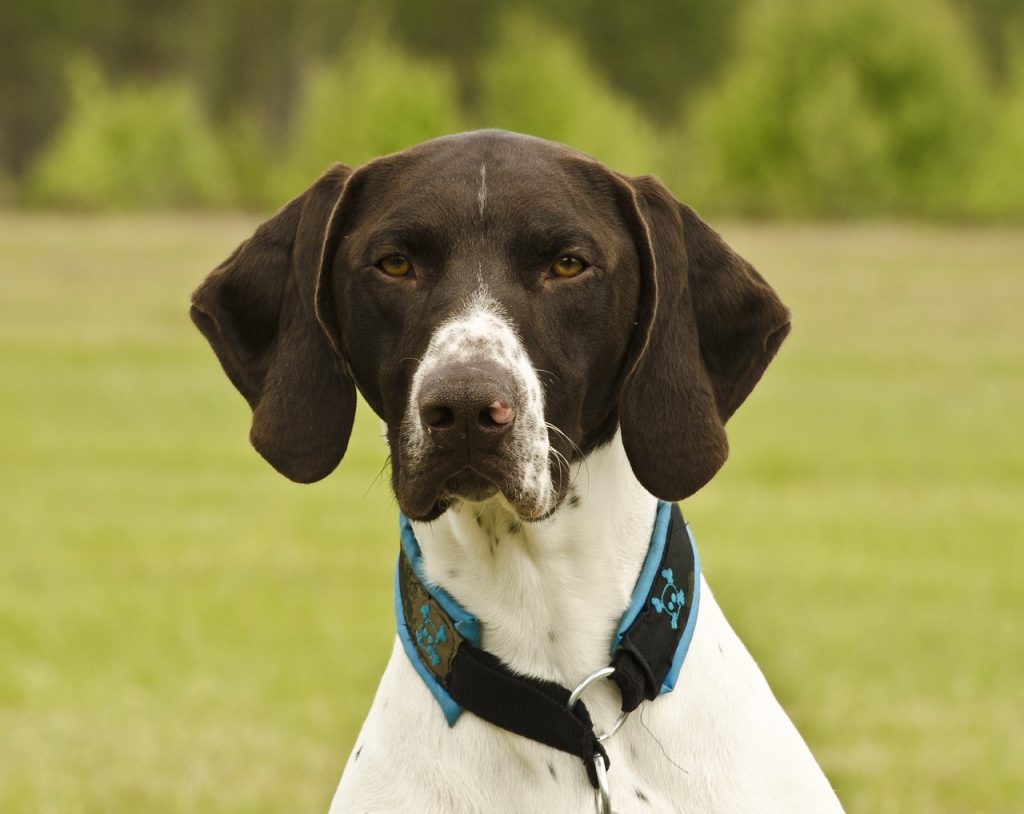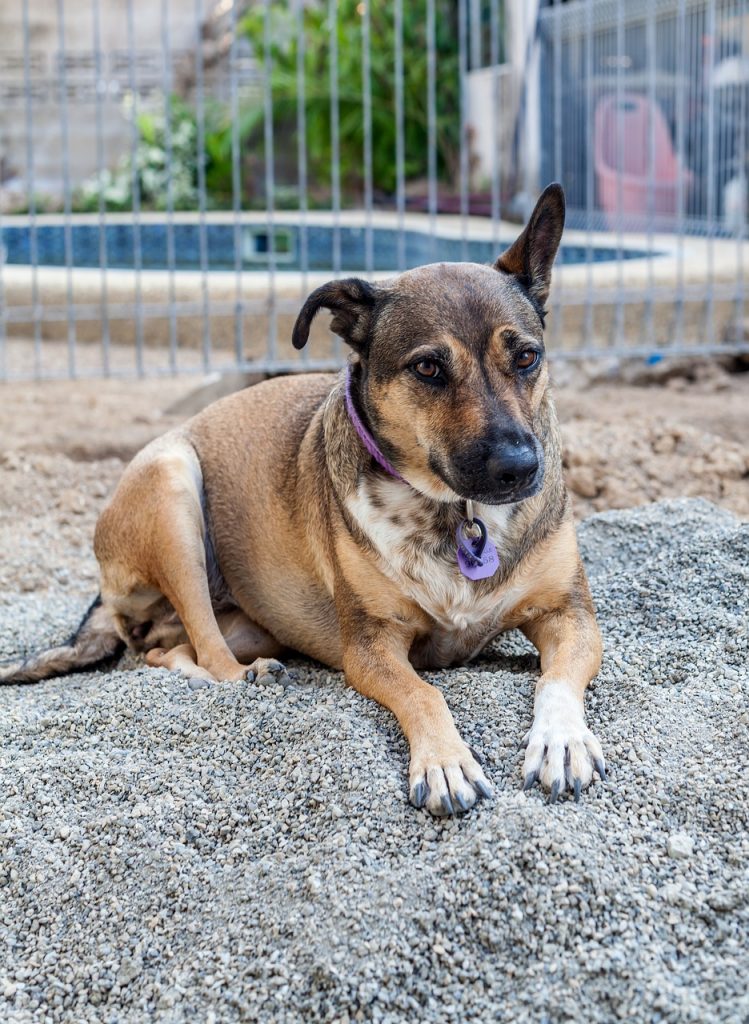Is your short-haired dog shedding more than you can handle? How to stop dog shedding short hair? While the natural process of shedding removes old, detached, and damaged hair from dogs, it can be overwhelming for pet owners.
This blog post will provide practical strategies to manage and minimize excessive shedding in your furry friend. Get ready to reclaim your fur-free home- let’s dive right in!

Key Takeaways
- Short – haired dogs naturally shed their fur as a regular process, but excessive shedding can be caused by factors like poor nutrition or health issues.
- Regular brushing with a bristle brush or shedding tool can help remove loose hair and keep the dog’s coat healthy.
- Establishing a regular bathing and grooming routine, including proper shampooing techniques and using deshedding tools, can minimize shedding in short-haired dogs.
- Providing a balanced diet, fresh water, and omega – 3 fatty acid supplements can improve coat health and reduce shedding.
Understanding Shedding in Short-Haired Dogs
Short-haired dogs naturally shed their fur as a regular process, but certain factors can contribute to excessive shedding.
Shedding is a natural process
All dogs shed to get rid of old or damaged hair. It is like the way trees drop leaves in fall. Your dog’s coat does the same thing but with its own hair! You cannot stop your dog from shedding but you can take steps to handle it better.
Dogs often shed more during fall and spring, even winter for some breeds. Using the right tools can help a lot here. A bristle brush or a special shedding tool can remove much of this loose hair before it ends up on your floor or furniture! Regular brushing also keeps your dog’s skin healthy and its coat shiny.
Factors that contribute to excessive shedding
Excessive shedding in short-haired dogs can be caused by various factors. One common reason is the natural process of shedding, where old and damaged hair falls out to make way for new growth.
Another factor that can contribute to excessive shedding is poor nutrition or dehydration. Dogs need a balanced diet and plenty of water to maintain a healthy coat. Additionally, certain health issues like parasites or fungal infections can cause increased shedding in dogs.
It’s important to address these underlying problems with the help of a veterinarian. By identifying and addressing these contributing factors, you can help minimize excessive shedding in your short-haired dog.

Tips to Minimize Shedding in Short-Haired Dogs
Regular brushing helps to remove loose hair and prevent it from ending up on your furniture or clothes.
Regular brushing to remove loose hair
Regular brushing is an important step in managing shedding in short-haired dogs. By brushing your dog’s coat regularly, you can help remove loose hair before it ends up on your furniture and floors.
Use a bristle brush or a slicker brush designed for dogs to effectively remove the loose hairs from their coat. Brushing not only helps control shedding, but it also promotes healthy skin and coat by distributing natural oils and stimulating blood circulation.
Make sure to be gentle while brushing and pay attention to any mats or tangles that may have formed. Regular brushing will keep your dog looking neat and reduce the amount of hair they leave around the house.
Bathing and grooming routines
To minimize shedding in short-haired dogs, it is important to establish a regular bathing and grooming routine. Here are some tips to help you:
- Bathe your dog regularly using a gentle dog shampoo. This helps remove dirt and excess hair from the coat.
- Use a spray bottle filled with water to wet your dog’s coat before applying shampoo. This ensures that the shampoo reaches the skin and helps remove dead hair.
- After applying shampoo, massage it into the coat to loosen any hair that is ready to shed.
- Rinse your dog thoroughly with warm water until all the shampoo is removed. Residual shampoo can lead to dryness and itching, which can increase shedding.
- After bathing, use a blow dryer on low heat or towel dry your dog gently. Avoid using high heat settings as they can damage the skin and coat.
- Regularly brush your dog’s coat using a bristle brush or a grooming glove. This helps remove loose hair before it has a chance to shed around your home.
- Consider using an undercoat rake or a deshedding tool specifically designed for short – haired dogs. These tools help remove dead hair more effectively.
Proper nutrition and hydration
To minimize shedding in your short-haired dog, make sure they are getting the right nutrition and staying hydrated. Here’s what you can do:
- Feed a balanced diet: Provide your dog with high-quality dog food that contains essential nutrients like Omega-3 fatty acids, vitamins, and minerals. These nutrients support healthy skin and coat.
- Serve fresh water: Always have clean, fresh water available for your dog to drink. Dehydration can worsen skin conditions and contribute to excessive shedding.
- Consider supplements: Consult with your vet about adding Omega-3 fatty acid supplements to your dog’s diet. These supplements can promote a healthy coat and reduce shedding.
- Limit treats: While treats are enjoyable for dogs, too many can lead to weight gain and an unhealthy coat. Stick to recommended portions to maintain overall health.
- Avoid food allergens: Some dogs may have food allergies that result in skin irritation and increased shedding. If you suspect your dog has allergies, work with your vet to identify potential allergens and adjust their diet accordingly.
Omega-3 supplements for coat health
Omega-3 supplements can be beneficial for the overall health of your dog’s coat. These supplements contain essential fatty acids that help reduce inflammation and improve skin health, resulting in a healthier and shinier coat.
Omega-3 fatty acids are found in fish oil, flaxseed oil, and other sources. Adding these supplements to your dog’s diet can help minimize shedding and promote a lustrous coat. Consult with your veterinarian to determine the appropriate dosage for your dog based on their size and breed.
Consider professional grooming services
Professional grooming services can be a great option to help manage shedding in short-haired dogs. Groomers have the expertise and tools to properly groom your dog’s coat, removing excess hair and reducing shedding.
They can also provide additional services like deshedding treatments and specialized shampoos that can help control shedding. Groomers may also be able to identify any underlying skin issues or health conditions that could contribute to excessive shedding and recommend appropriate solutions.
By enlisting the help of professional groomers, you can keep your dog’s coat healthy, reduce shedding, and maintain a clean home environment.

Managing Shedding in the Home
Regularly vacuum and clean your home to remove dog hair, use lint rollers to pick up excess hair from furniture and clothing, opt for pet-friendly fabrics that are less likely to trap hair, and create designated shedding areas where you can easily clean up.
Vacuuming and cleaning regularly
To keep your home free from dog hair, it’s important to vacuum and clean regularly. Here are some tips:
- Vacuum your floors, carpets, and furniture at least once a week.
- Use a vacuum cleaner with a pet hair attachment or brush to effectively pick up the hair.
- Pay special attention to areas where your dog spends a lot of time, like their bed or favorite spots on the couch.
- Consider using a lint roller or tape to quickly remove any stray hairs from clothing or upholstery.
- Wash and clean pet bedding regularly to get rid of built – up hair.
- Use a damp cloth or sponge to wipe down surfaces that attract hair, such as countertops and shelves.
Using lint rollers
To keep your home clean and free from dog hair, try using lint rollers. Here are some tips on how to use them effectively:
- Keep lint rollers in multiple rooms of your house, so they are easily accessible whenever you need them.
- Roll the lint roller over furniture, carpets, and clothing to pick up any loose dog hair.
- Pay attention to areas where dog hair tends to accumulate the most, such as corners of the couch or rugs.
- Use firm and even pressure when rolling the lint roller to ensure it picks up all the hair.
- Replace the sticky sheets on the lint roller regularly to maintain its effectiveness.
- If you don’t have a lint roller handy, you can also use packing tape wrapped around your hand or a damp rubber glove to remove hair from surfaces.
Choosing pet-friendly fabrics
When it comes to managing shedding in short-haired dogs, choosing pet-friendly fabrics for your home can make a big difference. Opt for materials that are easy to clean and resistant to dog hair, such as microfiber or leather furniture.
Avoid fabrics like velvet or silk that tend to attract and hold onto dog hair. Additionally, consider using removable and washable covers on your furniture to help keep them clean and free of fur.
By selecting the right fabrics, you can minimize the impact of shedding on your home and make cleaning up after your dog easier.
Creating designated shedding areas
Creating designated shedding areas can help contain the mess and make cleanup easier for dog owners. Here are some tips on how to set up these areas:
- Choose a specific location in your home where your dog can freely shed without causing too much inconvenience, such as an easily cleanable area like a laundry room or bathroom.
- Lay down a washable mat or towel in the designated area to catch the loose hair.
- Place a comfortable bed or blanket in this area so that your dog feels comfortable while shedding.
- Keep grooming tools, such as brushes and combs, nearby so that you can easily remove loose hair from your pup’s coat.
- Regularly clean and vacuum this area to prevent excessive hair buildup.
Seeking Veterinary Advice
If you notice excessive shedding in your short-haired dog, it’s important to seek veterinary advice promptly for tailored solutions and potential underlying health issues. Read on to learn more about managing shedding in shorthaired breeds.
When excessive shedding may indicate an underlying health issue
Excessive shedding in short-haired dogs can sometimes be a sign of an underlying health problem. If your dog is shedding excessively and it seems abnormal, it’s important to pay attention.
Some health issues that can cause excessive shedding include parasites like fleas or ticks, fungal infections, allergies, or hormonal imbalances. Other symptoms to watch out for may include itching, redness, bald patches, or changes in appetite or behavior.
If you notice any of these signs along with the excessive shedding, it’s best to consult your veterinarian for proper diagnosis and treatment. They can help determine the underlying cause and provide tailored advice and solutions to manage the issue effectively while keeping your furry friend healthy and happy.
Your vet can provide tailored advice and solutions
Your vet is the best person to turn to when it comes to managing shedding in your short-haired dog. They can provide you with personalized advice and solutions based on your dog’s specific needs.
If you notice excessive shedding or any changes in your dog’s coat, it may indicate an underlying health issue that requires veterinary attention. Your vet can help identify potential causes such as parasites or fungal infections and recommend appropriate treatments.
Additionally, they can guide you on grooming techniques, recommend suitable products for minimizing shedding, and offer dietary suggestions for maintaining a healthy coat. Seeking veterinary advice ensures that you receive the most accurate and tailored information for managing shedding in your short-haired dog.
Considerations for allergies and other sensitivities.
If your dog has allergies or sensitivities, it’s important to take extra care when managing their shedding. Allergies can cause itching and irritation, leading to excessive scratching and hair loss.
To minimize shedding in dogs with allergies, make sure to address the underlying allergy triggers. This may involve working with your veterinarian to identify the allergens and create a plan for avoidance or treatment.
You should also consider using hypoallergenic grooming products and regularly cleaning your home to reduce exposure to allergens. Additionally, providing a balanced diet that supports a healthy coat can help manage shedding in dogs with sensitivities.

Conclusion
In conclusion, managing shedding in short-haired dogs is possible with a few simple steps. Regular brushing, proper grooming routines, and a nutritious diet can help minimize shedding.
Keeping the home clean and seeking veterinary advice when necessary are also important. By following these tips, you can reduce excessive shedding and keep your dog’s coat healthy and your home hair-free.
FAQs
1. What is the key to controlling shedding in short-haired dogs?
The best way to control shedding is by grooming such as wetting the skin and blow-drying your dog’s hair, which can help manage excessive shedding.
2. Are there specific techniques for reducing shedding in short-haired breeds?
Yes, strategies like regular brushing and special diets can minimize shedding in dogs with short hair.
3. How do I prevent dog hair mess around my house from my short haired breed?
By dealing with excessive shedding through routine grooming and using some handy cleaning tips, you can reduce dog hair on furniture and clothing.
4. Can a change in diet help stop dog hair loss?
Yes! Some solutions for controlling shedding include feeding your pet high-quality food that promotes healthy skin and coat growth.
5. What are some other ways of dealing with a shorthaired dog’s sheddings?
Using certain remedies focused on preventing excessive shedding along with effective methods of tidying up after them will help keep your home clean.


